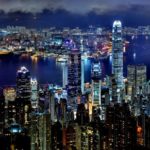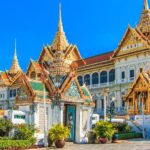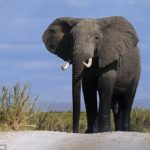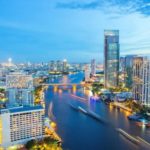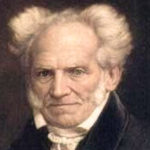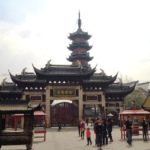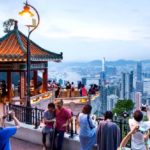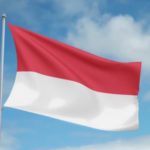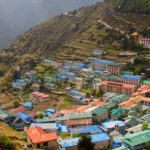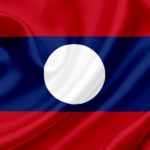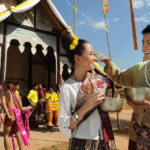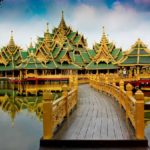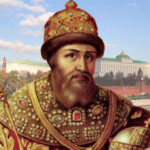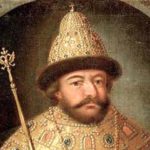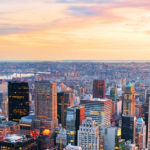Big Buddha in Hong Kong
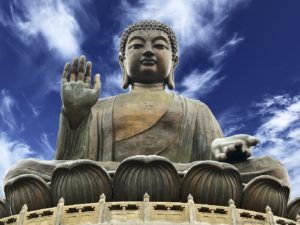 There are several major religions in the world. One of them is Buddhism. The people are worshiped by Gautam Siddhartha, a prince from Kapilavastu, who was later called Buddha. Buddha is a person who has “awakened to reality.” Indeed, in translation the word Buddha means Illuminated, Holy, Enlightened, Sage, Awakened. A person who understood what true consciousness means, knowledge of all of the present, past and future.
There are several major religions in the world. One of them is Buddhism. The people are worshiped by Gautam Siddhartha, a prince from Kapilavastu, who was later called Buddha. Buddha is a person who has “awakened to reality.” Indeed, in translation the word Buddha means Illuminated, Holy, Enlightened, Sage, Awakened. A person who understood what true consciousness means, knowledge of all of the present, past and future.
It is said that the state of the Buddha is the finding of a state of holiness or nirvana. Being a man of 29 years old, he left his home and began to learn from the enlightened people of that time. Combining all the knowledge gained into one and defeating the temptations that the evil spirit of Mara sent him, Buddha began to preach new knowledge to people.
After his death, students in the Pali Canon Tripitaka collected all the knowledge that they received from their teacher. Now Buddhism is divided into two directions – east and west. Buddhism frees the mind of man and brings him into a state of harmony with the universal law of the world. Many countries have installed a statue of Buddha. The oldest is the “Great Buddha” or the “Buddha of the Mountain” in the Chinese province of Sichuan.
There is a new Buddha in China called the “Spring Buddha”, it is located in the province of Henan and is now considered the largest in the world.
In the province of Angthong in Thailand, there is a statue – the Great Buddha of Thailand sitting in the lotus position. In Japan, in the city of Usiku, 50 kilometers from Tokyo, there is also a Buddha.
But in Hong Kong there is the Big Buddha Statue Tien Tan, which is located on Lantau Island, near the Po Lin Monastery with the name “Precious Lotus”, and the whole complex is called the “Buddhist Kingdom of the South”. Construction took place from 1990 to 1993 and all the monks of the world were invited to the opening. No wonder that Hong Kong was chosen for installation. After all, this is a popular tourist destination of the Buddhist center.
You can get to the statue either by car or by the longest cable car in Asia. The length of the cable car is 5.7 kilometers. On the cable car there are two types of cabins – with a transparent bottom of three-layer durable glass and ordinary. It is more than usual cabins and they are cheaper in the sum of payment. From the windows of the booth you will see a beautiful view of the sea, the mountains, Cheklapkok airport, the forest and the hiking trail, on which pilgrims climb below. Of course, in a booth with a transparent bottom, you can get more pleasure in viewing the surrounding landscape, but you will have to stand in line for it much longer. Even in a regular cabin due to the large number of tourists, you have to stand in line for about an hour on weekends or holidays. You can of course get to the top of the cable car, and go down by bus.
The island itself can be reached by ferry from the central pier, which will transport you in half an hour one way. And to the funicular, you will always reach the subway from any part of the city. You just need to get to the end station of the yellow line. There you will meet one landmark in the form of a fountain. He hits right out of the ground. In 15 minutes of rest, everything dries up and, if not knowing, passers-by can get an unexpected shower to the delight of onlookers and children who stand and watch the fountain. You will see the statue of Big Buddha from afar. But to reach the Buddha you have to climb 268 steps.
The figure of the Buddha is cast in bronze and symbolizes the harmonious relationship between nature and people, man and God. The weight of the bronze statue is 250 tons, the height is 34 meters. Therefore, you can see well the face of the Buddha himself. Until 2007, it was the highest image of the Buddha. But the sculpture is also famous for the fact that everyone else is looking to the south, then, as this image is turned to the north towards China. The sculpture is considered one of the symbols of Hong Kong, which must be visited by tourists. The very figure of Tiantan Buddha inside is hollow, and you will be able to visit the crypt at the photograph of the presidents by visiting the Hall of Memory, the Hall of the Universe and the Hall of Merit. But the ashes of Siddhartha Gautama, who is considered to be an earthly Buddha, come to worship here. His body was burned after death, and the ashes, divided into 84 parts, were transferred to Buddhist temples from different countries.
The sculpture of the Big Buddha is an indicator of tranquility, grandeur and beauty. He sits on an open lotus. The flower symbolizes clarity of thought, purity and serenity. Near Buddha, there are six small bronze statues of Bodhisattvas. Virgos personify: charity, meditation, morality, wisdom, patience and diligence. These qualities must be present in every Buddhist. In the girls’ hands, offerings for the Buddha are from ointments, musical instruments, incense, lamps, flowers and fruits.
Nearby there is a bell that rings every 7 minutes, 108 times a day. 108 is a sacred number for Buddhists, it combines 9 dozen. Although the bell is computerized, but from this its ringing becomes no less believable.
